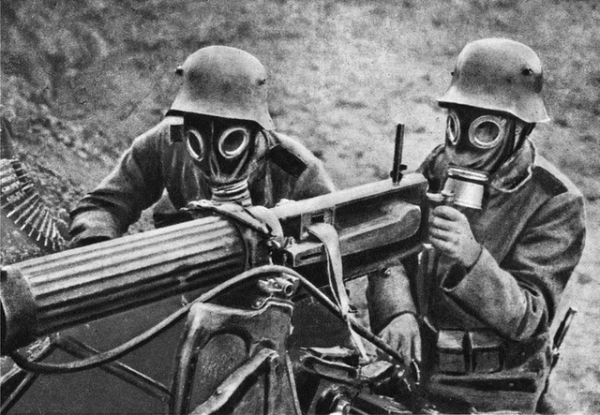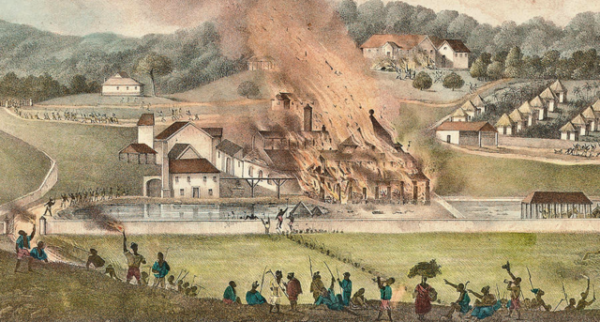The Second Battle of the Somme, commencing on August 21, 1918, marked a significant phase of the Allied Hundred Days Offensive, which ultimately led to the end of World War I. This battle, fought in the Somme region of France, was a vital part of the broader strategy designed to break through the German lines and push them back towards the Hindenburg Line. Unlike the earlier, disastrous First Battle of the Somme in 1916, the Second Battle was characterized by a high level of coordination between infantry, artillery, tanks, and air support, reflecting the evolution of Allied military tactics over the course of the war.
By mid-1918, the German forces were exhausted, both physically and morally, after their failed Spring Offensive. The Allied forces, led by Marshal Ferdinand Foch, had by this time integrated the lessons learned from previous battles and were better equipped, with fresh American troops bolstering the ranks. The objective of the Second Battle of the Somme was to exploit the weakened state of the German army, which was stretched thin across the Western Front, and to break through their defensive positions.
The battle began with a powerful artillery barrage on August 21, targeting German positions along the front line. This was followed by a well-coordinated infantry assault involving British, French, and American forces. The Allies employed new tactics that included the use of creeping barrages—artillery fire that moved forward in stages just ahead of the advancing infantry—thus providing cover for the soldiers and disrupting German defenses. This tactic minimized the exposure of the infantry to enemy fire and helped maintain the momentum of the attack.
Tanks played a crucial role in this battle, with the Allies deploying a significant number of these armored vehicles to break through the barbed wire and trench systems that had stymied earlier offensives. Although many tanks were lost to mechanical failures or enemy fire, their presence on the battlefield contributed to the success of the initial assaults, enabling the infantry to advance more rapidly than in previous battles.
The use of aircraft for reconnaissance and close air support also proved instrumental. Allied planes provided real-time intelligence on enemy positions, directed artillery fire, and conducted strafing runs on German troops and supply lines. This air superiority was a key factor in disrupting German counterattacks and maintaining the pressure on their defenses.
Despite the initial successes, the battle was far from a straightforward victory. The German forces, though weakened, were still capable of fierce resistance. The fighting was intense and costly for both sides, with heavy casualties. However, the relentless pressure exerted by the Allies gradually wore down the German defenders, forcing them into a series of retreats over the following weeks.
By the end of the battle in early September, the Allies had succeeded in pushing the Germans back significantly, capturing key positions and weakening the enemy’s hold on the Somme region. The success of the Second Battle of the Somme was a major turning point in the war, as it set the stage for the final Allied offensives that would ultimately lead to the signing of the Armistice on November 11, 1918.






